Reversing cameras
-
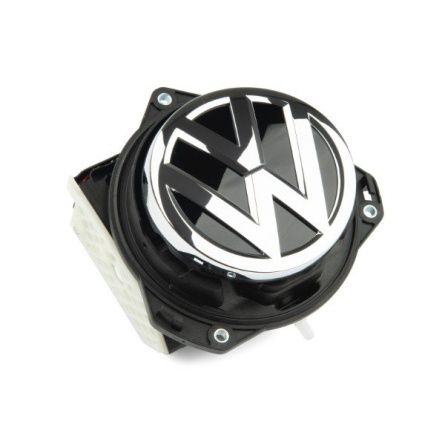
Camera
Volkswagen5G0827469SFOD£245.69 £204.74 -
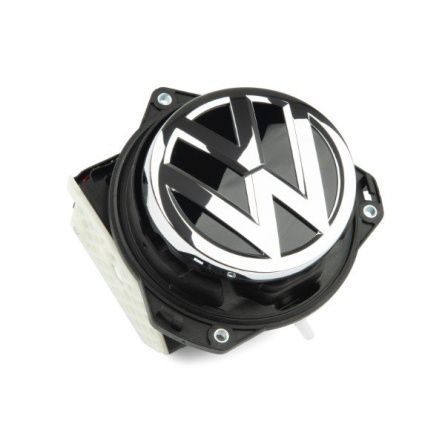
Camera
Volkswagen5G0827469LFOD£245.69 £204.74 -
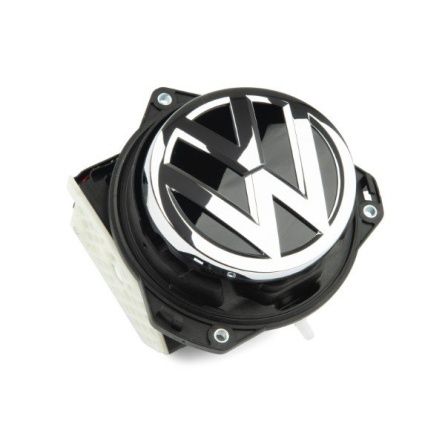
Camera
Volkswagen5G0827469NFOD£245.69 £204.74 -
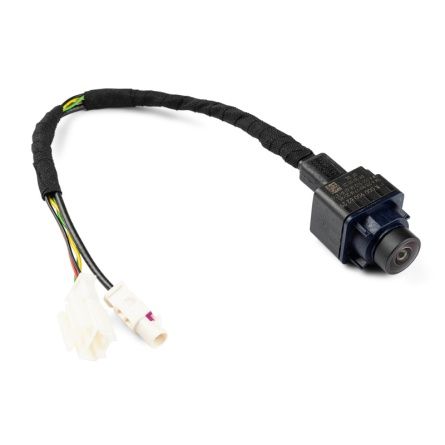
Camera
MercedesA0009006229£131.03 £109.19 -

Camera
MercedesA0009059412£131.03 £109.19 -
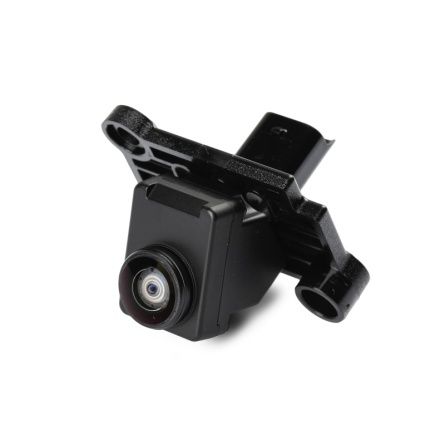
Camera
Renault284427774R£65.51 £54.59 -
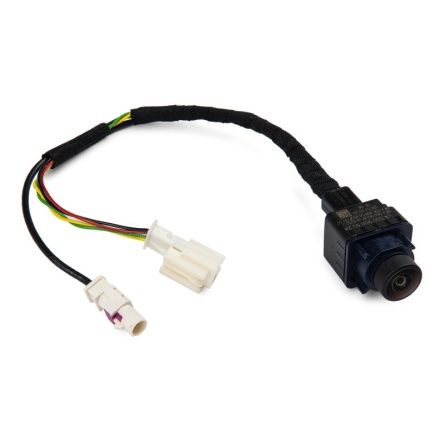
Camera
MercedesA0009001823£122.84 £102.37 -
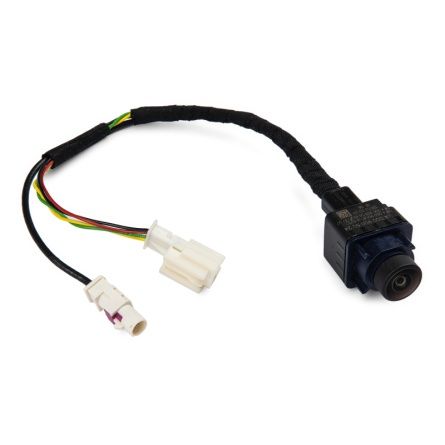
Camera
MercedesA2139004025£122.84 £102.37 -
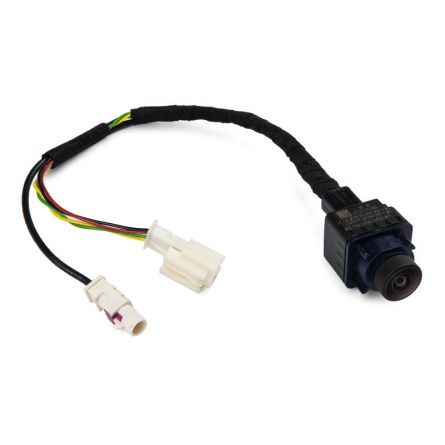
Camera
MercedesA2139009321£122.84 £102.37 -
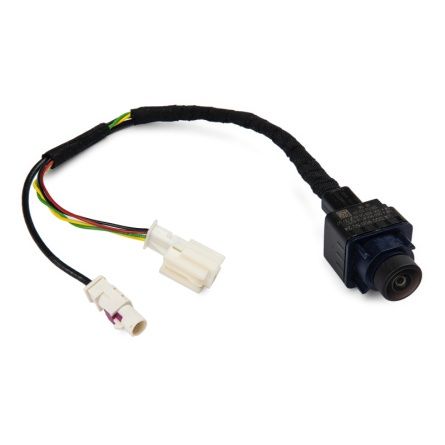
Camera
MercedesA2139009724£122.84 £102.37 -

Camera
Hyundai95760-S0100£73.70 £61.42 -

Camera
Hyundai99240-S0700£73.70 £61.42 -
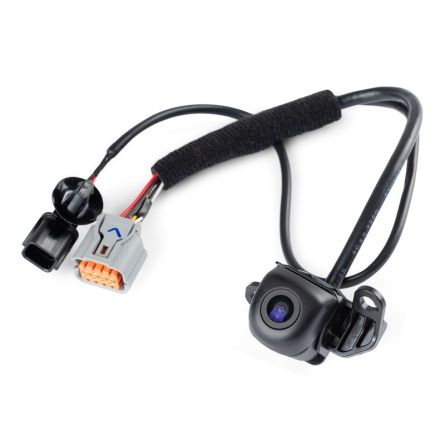
Camera
KIA99240-J7110£204.74 £170.62 -
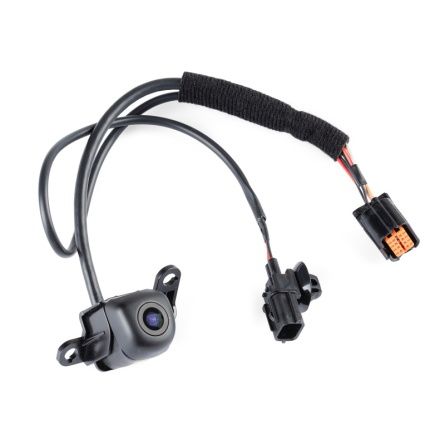
Camera
KIA99240-J7100£204.74 £170.62 -

Camera
BMW66535A7EF16£106.46 £88.72 -
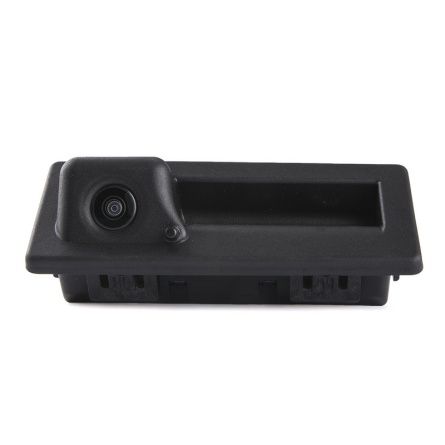
Camera
Volkswagen5TA827566E£245.69 £204.74 -
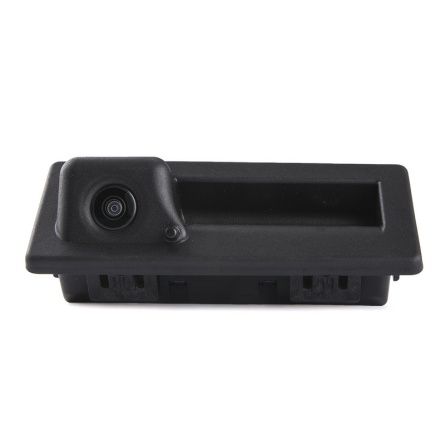
Camera
Volkswagen5TA827566C£245.69 £204.74 -
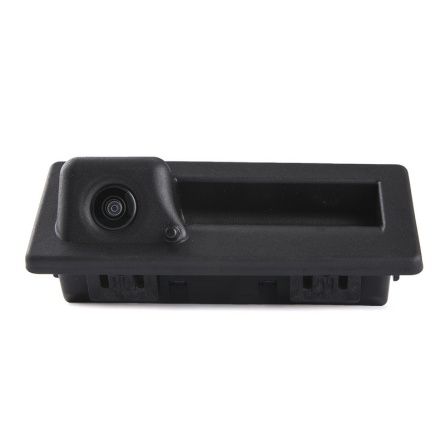
Camera
Volkswagen5TA827566F£245.69 £204.74 -
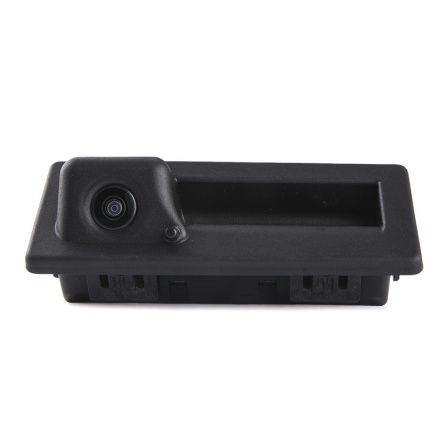
Camera
Volkswagen5NA827566£245.69 £204.74 -
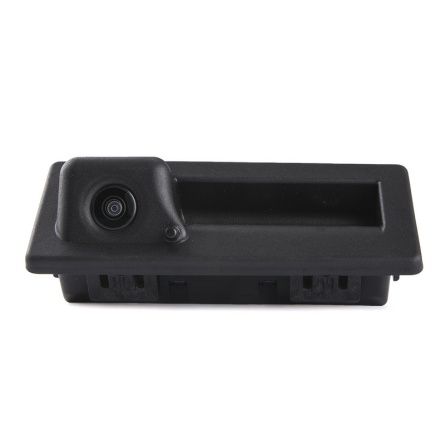
Camera
Volkswagen5NA827566C£245.69 £204.74 -
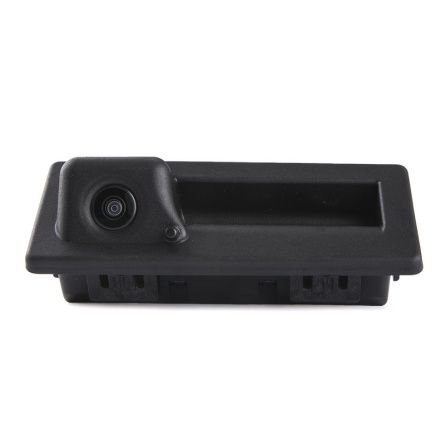
Camera
Volkswagen5NA827566D£245.69 £204.74 -
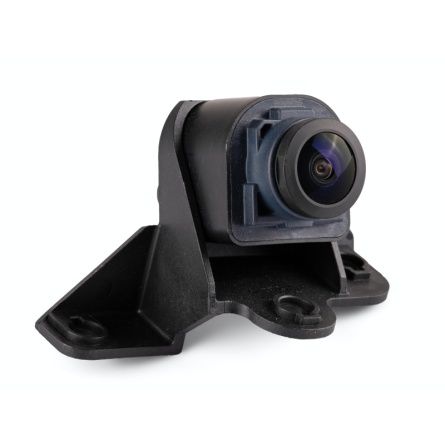
Camera
KIA99240-R2250£122.84 £102.37 -
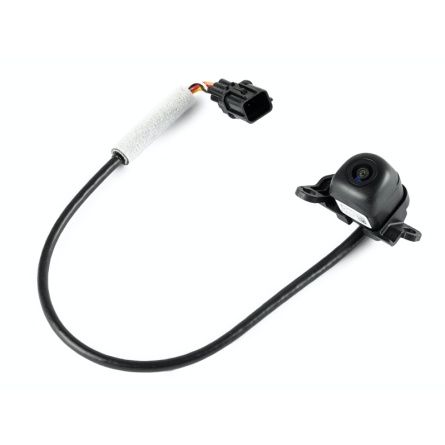
Camera
Hyundai99240-J9500£122.84 £102.37 -
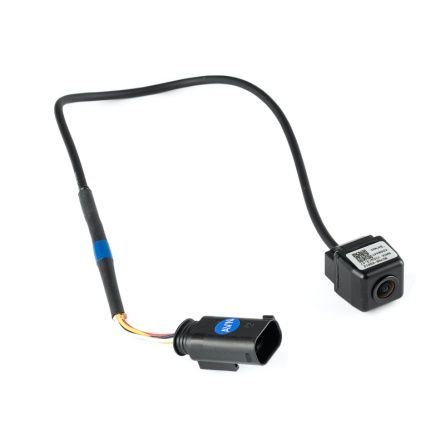
Camera
KIA95760-1P000£98.27 £81.89 -
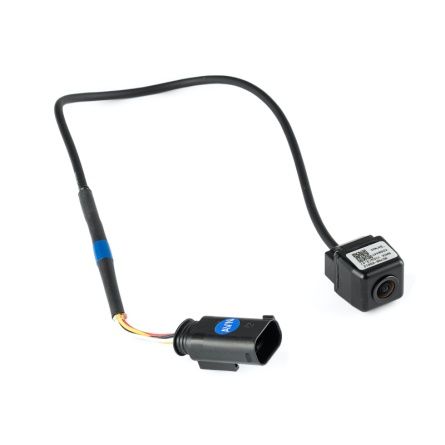
Camera
KIA95760-1P500£98.27 £81.89 -

Camera
KIA95760-1P100£98.27 £81.89 -
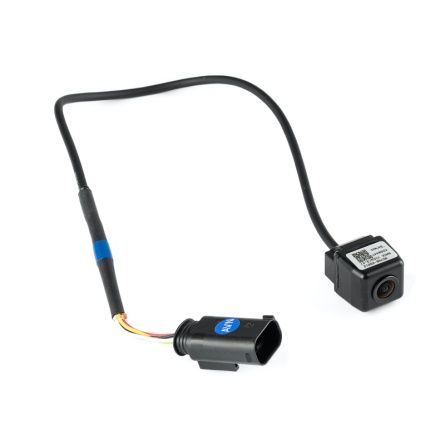
Camera
KIA95750-3W020£98.27 £81.89 -

Camera
KIA95750-3W120£98.27 £81.89 -

Camera
KIA95750-3U000£98.27 £81.89 -
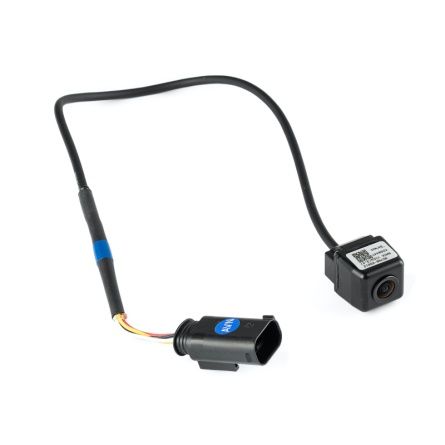
Camera
KIA95750-3W000£98.27 £81.89 -
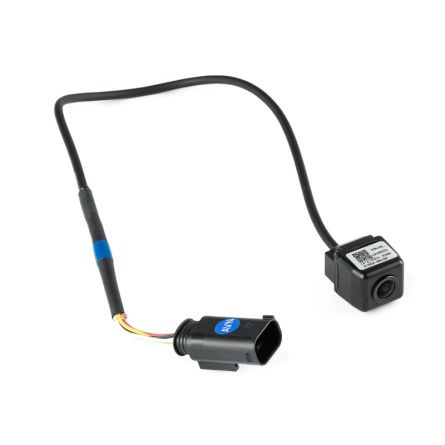
Camera
KIA95760-2P000£98.27 £81.89 -

Camera
KIA95760-2P110£98.27 £81.89 -

Camera
KIA95760-2P111£98.27 £81.89 -
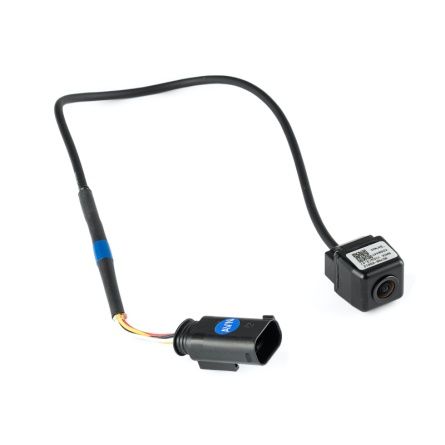
Camera
KIA95760-2P112£98.27 £81.89 -

Camera
KIA95760-2P200£98.27 £81.89 -
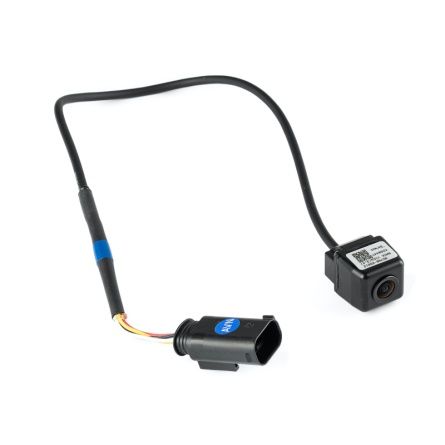
Camera
KIA95760-2P202£98.27 £81.89
Reversing cameras
In today’s rapidly evolving automotive world, the reversing camera has transformed from a luxury upgrade into a fundamental safety feature that enhances both comfort and confidence on the road. Whether navigating narrow city streets or squeezing into tight parking spots, this technology offers drivers a crystal-clear rear view, effectively removing blind spots and preventing costly accidents. Modern systems not only boost visibility but also make every maneuver smoother, allowing even inexperienced drivers to park and reverse with precision.
At the same time, the market for reversing parking camera kit options is growing worldwide as manufacturers and drivers alike recognize their practical value. Affordable aftermarket models, improved night vision, and smart overlays such as dynamic parking lines have made these systems widely accessible. Their rising popularity reflects an industry-wide commitment to safety, innovation, and convenience, setting new standards for modern vehicle equipment.
Benefits of Reversing Cameras
A reversing camera delivers far more than visual assistance — it significantly increases safety, awareness, and driving comfort. By transmitting a real-time image of the area behind the car, it allows drivers to detect obstacles, pedestrians, or cyclists that might otherwise remain hidden. This additional perspective reduces the risk of minor collisions and helps protect both people and property.
Equally important is its role in precise and effortless parking. Dynamic on-screen grid lines move with the steering wheel, guiding the driver’s path and eliminating guesswork. Tight urban spaces or dimly lit parking lots become less intimidating when you can clearly see what lies behind the bumper. In addition, a well-installed system helps prevent small but expensive repairs caused by unseen curbs, barriers, or posts.
Types of Reversing Camera Kits
The variety of reversing parking camera kit options available today ensures that every driver can find a solution tailored to their needs. The two primary categories are wired and wireless systems.
Wired kits are valued for their stability and superior image quality. A physical cable connects the camera to the monitor, guaranteeing uninterrupted transmission even in large vehicles like vans, trucks, or campers. Though installation takes more effort, these systems deliver consistent clarity and long-term durability.
Wireless kits, by contrast, emphasize convenience. They use radio or digital signals instead of cables, making them quick to install and ideal for smaller cars, trailers, or temporary setups. Advanced versions now support smartphone connectivity through Wi-Fi or Bluetooth, enabling live video streaming directly to a mobile device.
Some modern systems combine the dependability of wired power with the flexibility of wireless transmission, offering advanced extras such as night vision, obstacle alerts, and intelligent image correction. This blend of features continues to redefine what drivers can expect from modern safety technology.
How to Choose the Right Reversing Camera
Selecting the ideal camera setup depends on factors like compatibility, image resolution, durability, and budget. Check that the chosen kit supports your vehicle’s display interface, mounting position, and electrical requirements. High-resolution lenses with wide viewing angles between 120° and 180° ensure optimal coverage without distorting the image. For nighttime driving, infrared illumination or LED lighting is invaluable.
Durability is also critical. Cameras with IP67 or IP68 waterproof ratings resist harsh weather, while robust metal housings protect against road debris or temperature changes. Depending on the use case, entry-level kits provide affordable safety, mid-range models balance quality and cost, and premium systems offer high-definition imaging with advanced assistive features.
Installation Tips and Best Practices
Correct installation is key to achieving the best performance. Mount the camera centrally above the license plate or near the tailgate handle for a natural rear perspective. For wired setups, route cables carefully through interior panels and connect power to the reverse light circuit so the system activates only when needed. Wireless systems should be tested for signal strength before final placement to prevent interference.
After setup, adjust the viewing angle, verify guideline alignment, and test visibility in daylight and darkness. Avoid powering the camera from a constant current source, which could drain the battery, and ensure all ground connections are clean and secure. Regularly wipe the lens and check wiring for wear to maintain image clarity and reliability over time.